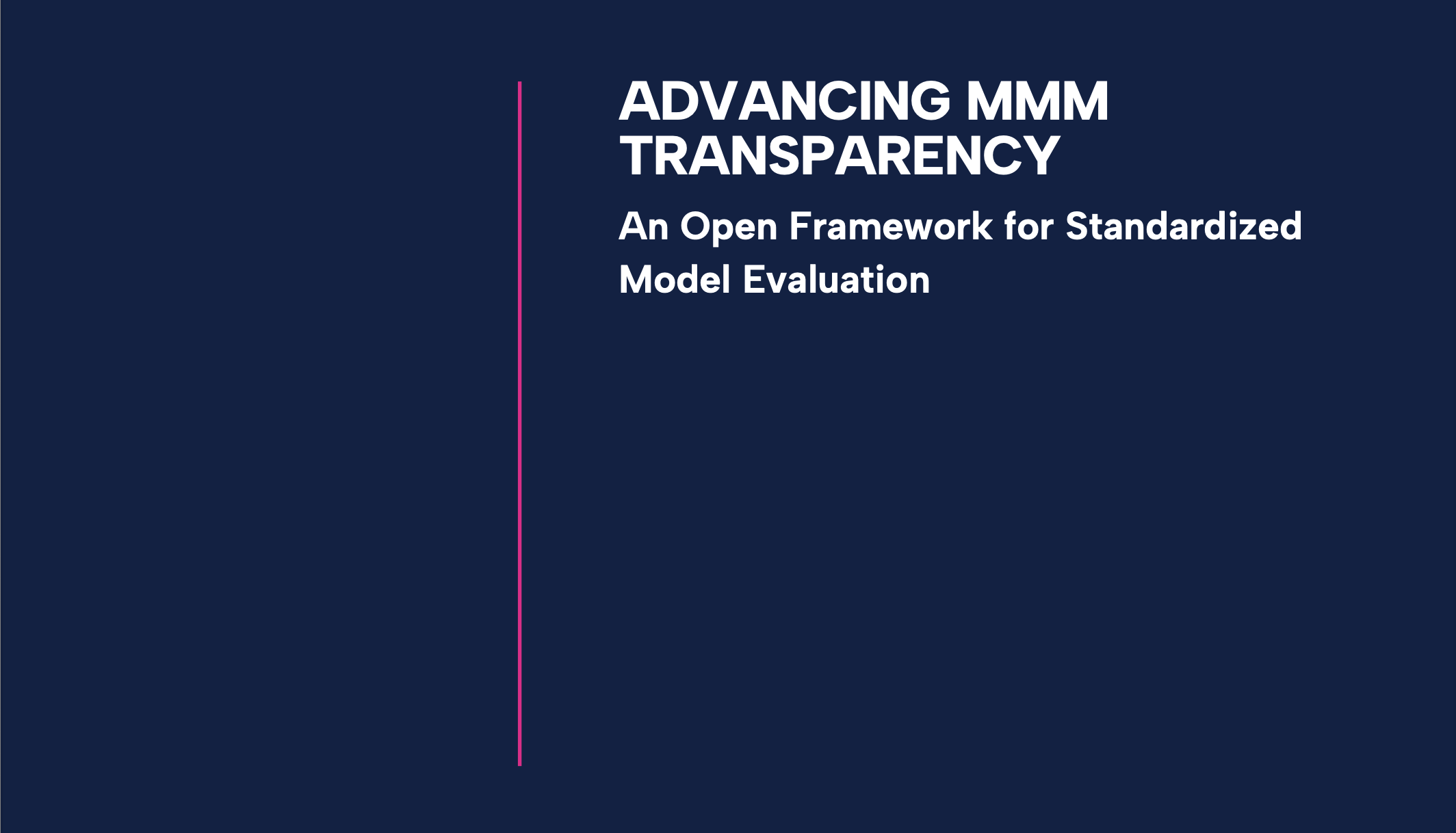When it comes to being a competent modern marketer, the need to understand marketing attribution modeling is no longer merely optional – it’s imperative.
As marketers, we collect and analyze data with unprecedented intensity, and attribution models help make sense of this data to optimize strategies and maximize ROI. There are more holistic and evolved ways of doing this, such as through proper marketing mix modeling (MMM) with Mutinex, but the need to come to grips with the basic concept of attribution remains.
This guide will take you through everything you need to know about attribution models, their types, applications, and the best software for marketing attribution.
What is attribution modeling?
Attribution modeling is a framework used to assess the impact of different marketing channels on the customer’s decision-making process by looking at which digital touchpoints a customer or prospective customer has interacted with.
What’s the importance of attribution in digital marketing?
Attribution models exist to help evaluate the effectiveness of your digital marketing efforts across multiple marketing channels and touchpoints.
A marketing attribution model allows marketers to assign value to different interactions that lead a consumer from awareness to conversion.
What’s the point of attribution modeling?
The main reason you’d undertake marketing attribution modeling is to get a better handle on how your marketing is driving sales and conversions, and to then try and improve your campaign performance to make it more efficient.
Attribution modeling cannot give you a view of marketing ROI, but it can help to identify which channels are contributing to awareness, consideration and conversion.
What are the applications of attribution models?
- Campaign optimization
- Channel performance analysis
- Customer journey analysis
- Identifying key touchpoints
- Enhancing user experience
What’s the difference between Market Mix Models (MMM) and attribution models?
Attribution modeling is more focused on understanding specific customer interactions, whereas MMM provides a comprehensive total view of how different marketing channels and external factors contribute to overall business outcomes.
- Attribution models credit different marketing touchpoints for specific conversions. This granular information can then help you hone your digital marketing customer journeys and strategies.
- With MMM, however, you can assess the overall impact of various marketing channels and external factors on business outcomes (including the weather or economic fluctuations). These broader learnings will then guide strategic planning and help you evaluate overall marketing effectiveness.
The Open MMM Validation Framework

What are the different types of attribution models?
Attribution models can generally be divided into ‘single touch’ and ‘multi-touch’. Let’s have a look at both approaches and their varieties.
Single-touch attribution models
First-touch attribution
This model credits the first interaction a customer has with your brand as the sole driver of conversion. What marketing did they see first? While simple, it overlooks the role of subsequent touchpoints.
Last-touch attribution
Conversely, last-touch attribution gives full credit to the final touchpoint before conversion. What was the last thing they saw before they bought? While it highlights the last interaction’s effectiveness, it neglects the impact of earlier engagements.
Multi-touch attribution models
Linear attribution
This model distributes credit equally among all touchpoints in the customer journey, offering a more balanced view of each interaction’s role.
Time-decay attribution
Time-decay attribution assigns more credit to interactions that occurred closer to the point of conversion or sale This approach acknowledges the increasing impact of the more recent touchpoints on the final decision.
Position-based (U-shaped) attribution
Position-based attribution basically gives significant weight to both the first and last touchpoints, while distributing the remaining credit equally among the intermediate interactions. This model emphasizes the importance of both initial and final brand interactions.
Algorithmic attribution
Algorithmic attribution uses advanced data analysis and machine learning to determine the impact of each touchpoint based on the true influence they have on conversions. This model provides a highly customized view of how different touchpoints influence conversions.
How do attribution models actually work?
Attribution models essentially rely on data collection and analysis at an individual level. Let’s break this down further.
What types of data are required?
Effective attribution requires you to collect comprehensive data on customer interactions across your various channels. This includes website visits, social media engagement, email opens, and more.
What are the data sources required?
The data you use for attribution can be gathered from a variety of sources, including CRM systems, analytics tools, and marketing platforms. Integration of these attribution data sources is crucial for accurate attribution modeling.
What are the methods and techniques involved in attribution?
There are two main approaches to attribution – role-based models and data-driven models.
- Rule-based models apply predefined rules to allocate credit among touchpoints. While straightforward, they may not capture the full complexity of the customer journey.
- Data-driven models leverage statistical techniques and machine learning to determine the impact of each touchpoint based on historical data. This approach offers a more nuanced understanding of customer behavior.
How do you implement an attribution model?
Right, so you want to go ahead and implement such a strategy in your business? Let’s hve a look at some basic steps.
1) Data preparation
Get moving by preparing your data by ensuring it’s clean, accurate, and comprehensive. This step involves consolidating data from different sources and addressing any inconsistencies you may have.
2) Model selection
Now you need to decide on the model you’ll use. Choose an attribution model that aligns with your business goals and marketing strategy. You’ll want to consider factors such as the complexity of your customer journey and the level of detail required.
3) Model calibration and validation
Lastly, you’ll need to thoroughly test and refine your attribution model to ensure it accurately reflects the impact of different touchpoints. Test and keep testing otherwise all your prep is moot. Make this a normal event – regular validation helps maintain the model’s effectiveness over time.
What kind of tools and software do you need for attribution modeling?
It’s a competitive landscape out there, so there’s a slew of products, but popular options would include Google Analytics, Adobe Analytics, and HubSpot. These tools offer various features and integrations to streamline the attribution process.
Something you’ll need to keep in mind, no matter what you choose, is integration. Seamless integration with your existing marketing platforms is vital to make sure the whole system works in a unified way.
Then again, if you want to supercharge your understanding of ROI and get a birds’ eye view, invest in MMM software like GrowthOS.
Frequently asked questions (FAQs)
Q: What is the best attribution model for my business?
A: The best attribution model depends on your business goals and the complexity of your customer journey. Consider starting with a simple model and evolving as needed.
Q: How can I ensure data accuracy in my attribution model?
A: Regularly audit your data sources, clean data inconsistencies, and integrate data from all relevant channels to ensure accuracy.
Q: What are the benefits of using marketing attribution software?
A: Marketing attribution software provides a better view of how different touchpoints contribute to conversions, helping optimize strategies, allocate budgets effectively, and improve overall campaign performance. It will also ensure that you make the most of your marketing efforts and maximize the result.
Want to see Mutinex in action? Ask for a demo today.




